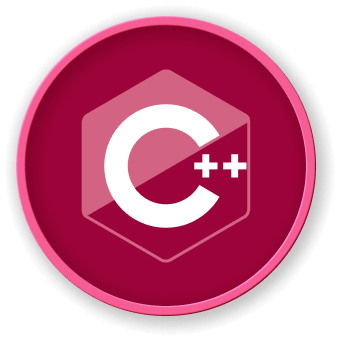In C++, headers are files containing declarations and definitions that can be included in other source files. They play a crucial role in organizing and structuring code, allowing developers to separate interface from implementation.
C++ supports two main types of headers:
| Header Type |
Description |
Example |
| Standard Library Headers |
Provided by C++ standard library |
<iostream>, <vector> |
| User-Defined Headers |
Created by programmers |
myproject.h |
Standard Header Characteristics
graph TD
A[Header File] --> B[Contains Declarations]
A --> C[Contains Inline Functions]
A --> D[Contains Template Definitions]
A --> E[Typically Ends with .h or .hpp]
Header guards prevent multiple inclusions of the same header, avoiding compilation errors:
#ifndef MY_HEADER_H
#define MY_HEADER_H
// Header content
#endif // MY_HEADER_H
Compilation Process
When you include a header, the preprocessor copies its contents into the source file before actual compilation, enabling code reuse and modular design.
Best Practices
- Use meaningful header names
- Implement header guards
- Include only necessary headers
- Minimize header dependencies
At LabEx, we recommend mastering header management for efficient C++ programming.




